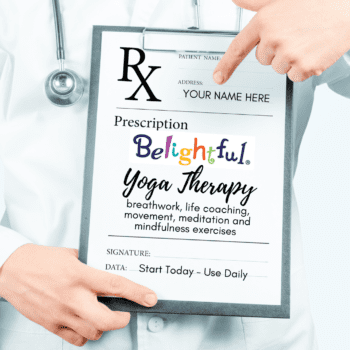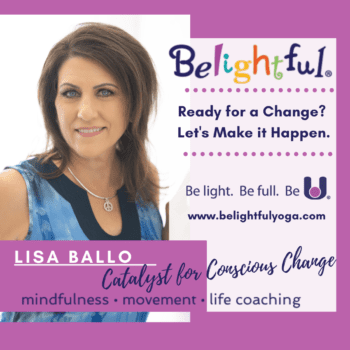Sometimes when we’re steeped in stress and sadness, we don’t consider the benefits of movement as a means toward feeling better.
Yes, gratitude lists and changing your perspective can go a considerable way toward easing depression and anxiety. But movement therapies are increasingly used alongside mental effort and psychotherapy for a more holistic approach.
The way you move affects how you feel and think. And it’s no surprise – given that the mind and body are intimately connected.
The Benefits of Movement
When you’re feeling down and exhausted, the first inclination may be to crawl onto the couch and try to forget about the world. To be clear, there are times when this is exactly what’s needed. However, long-term physical inactivity negatively impacts both mental and physical health.

There are numerous benefits of movement. When you move your body, you’re giving yourself a break from your everyday responsibilities and challenges. It gives you an outlet for self-expression, enables emotions to move through your body, and strengthens the connection you have with your body.
On a purely physical level, it releases endorphins – the“feel good” hormones that reduce feelings of anger and stress. Regular movement can also improve sleep, which is essential for optimal health.
In other words, movement (for most of us) is easily accessible no matter what your ability, fitness level, or range of mobility. Movement classes can also be a great way to meet people, build community, and access support when life feels challenging.
Another huge benefit of movement is that it comes in many different forms. And all types of movement, when performed correctly, are beneficial for your mind and your body.
Aerobic Movement
You might think that movement means a sweaty workout where you get your heart pounding. If that’s your thing, great! Regular aerobic exercise softens your sympathetic nervous system (fight or flight) and activates the parasympathetic nervous system (rest and digest). Plus, aerobic exercise builds tolerance to the rapid heartbeat that often accompanies fear and anxiety.

In addition, exercises such as resistance training, high-intensity interval training, cycling, or other gym-based aerobic movement also reduces depression. Exercise is believed to increase a brain protein known as BDNF, which helps nerve fibers grow. Movement can further increase energy and motivation for doing tasks, while reducing fatigue, brain fog, and depression.
You don’t have to seriously boost your heart rate to get the benefits of movement though.
Meditative Movement
As mentioned above, movement comes in many shapes and forms. Meditative movement such as yoga, for example, asks you to be mindful about your bodily sensations, breath, position in space, and thoughts while you move. Other forms of meditative movement include qigong, tai chi, and Pilates.
While these movements are beneficial for the physical body, the intentional changing of postures in sync with breath and rhythm can change your brain to reduce stress, depression, and anxiety. And if you establish a regular practice at a studio or dojo, you’ll also have the option of becoming part of a supportive community.
Which Type Is Right For You?
Maybe you’re new to the concept of regular movement. Or perhaps you have an exercise regimen but it doesn’t motivate you.

There are some basic considerations that can help you enjoy healthy movement. First, what is your current fitness level? What kind of movement will keep you challenged without completely exhausting you. Also, think about whether you prefer to exercise alone or in a class setting. You may like both, in which case you could construct a schedule that balances the two.
Finally, how do you hope to feel when you’re done? If you’re looking to be energized, perhaps a Zumba class is calling. On the other hand, yoga would be a good choice if you’re seeking calmness. Whatever the case, when you look after yourself physically and add regular movement to your life, you’ll experience better overall well-being.
Find Your Movement Team
The benefits of movement have long been recognized for their profoundly positive impact on both physical and mental well-being.
The effectiveness of movement-based therapies for healing is supported by both research and anecdotal stories. So if you’re interested in this holistic approach to wellness, contact us today.
Our yoga and mindfulness movement sessions are available online and in-person. We also serve companies and organizations looking to bring movement into their workplace. So let’s get moving!



